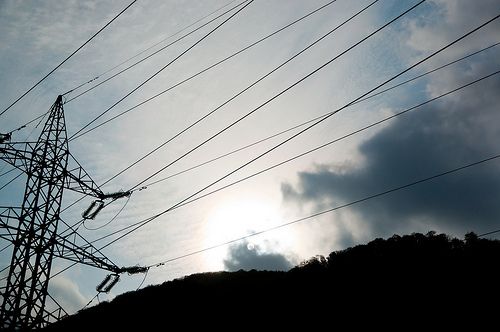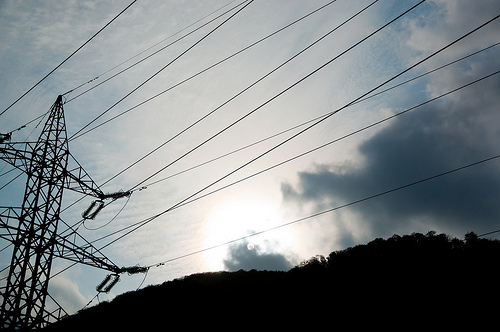Spelman: urgent action needed to climate-proof infrastructure
Urgent action is needed to adapt infrastructure to cope with the impacts of climate change and protect the economy, says Environment Secretary Caroline Spelman. She spoke today at the launch of a new government report examining the main barriers to making UK infrastructure resilient to extreme weather events.

 Urgent action is needed to adapt infrastructure to become more resilient to climate change and protect the economy, urged Environment Secretary Caroline Spelman (9 May).
Urgent action is needed to adapt infrastructure to become more resilient to climate change and protect the economy, urged Environment Secretary Caroline Spelman (9 May).
Future planning and design will have to take into account the effects of more extreme weather and its effect on energy, IT, transport and water, which the country relies on, and which often depend on one another.
Speaking at the publication of ‘Climate Resilient Infrastructure’ Spelman said: “Our economy is built on effective transport and communication networks and on reliable energy and water supplies… £200 bn is expected to be invested in the UK’s infrastructure over the next five years. But if the facilities which support our society cannot cope with floods, droughts, or freezing winters than that money will have been wasted.”
Much of the infrastructure which will be built in the next five years will still be in use by 2030, and to ensure the viability of this infrastructure over its lifetime, resilience to climate change must be considered.
Earlier in the year, the CBI released a report highlighting this need, and questioning whether the country’s infrastructure would be ready to face climate change impacts.
The government’s latest report hoped to respond to this concern and looked at the current barriers to a climate-proof infrastructure including information gaps, action not being seen as a priority and the conflicts between short-term value for money and long-term pressure from climate change.
This latest report also highlights the economic benefits of climate proofing infrastructure. Recent work by the OECD suggested that each £1 spent on climate change adaptation would deliver four times its value in terms of the potential damage avoided.
While the government is now looking to collaborate with infrastructure owners, operators, investors and engineers to publish their first Adaptation Programme at the end of 2012, the report did offer some actions immediate action to be taken.
While owners and operators should include measures to improve climate resilience and ensure climate impacts are considered in designs of new infrastructure; investors should demand more information from companies on potential climate risks.
The report also emphasised the skills needed, saying that professional bodies should look at whether their members have the right skills to help prepare infrastructure for climate change and engineers should look to develop new materials, techniques and designs to improve infrastructure’s resilience to severe weather.
Spelman said: “Infrastructure assets often have lives of at least 50 to 100 years, so they need to be designed to function long into the future when the climate is projected to be very different. This presents great opportunities for British businesses to develop new technologies and processes.”
Image: Horia Varlan | flickr






